 Curriculum & Instruction, New Zealand Studies, Political Science, Social Studies
Curriculum & Instruction, New Zealand Studies, Political Science, Social Studies  No Comments
No Comments Keeping education at the table, not on the menu
I attended an event hosted by Aotearoa Educators Collective recently. They screened the excellent documentary “Multiple Choice”, directed by Ted Dintersmith, which explores the unique execution of combined academic and vocational training at the John Handley High School and Innovation Center in Winchester, Virginia. After the film, a panel of guests addressed the ways the movie’s message related to the current shifts in Aotearoa New Zealand’s curriculum under the current right-wing government.
After some discussion of the ways education has been used as a political football (both in terms of knocking it all over the field as well as point-scoring opportunities), an audience member asked the guests, somewhat desperately, how to keep politics out of educational policy. I jolted in my seat as my brain shouted out, “You can’t!”
Now, I have about 45 years experience at masking these intrusively loud opinions (okay, that’s entirely debatable—I know plenty of people who’d say I’ve never mastered that skill completely), so I was able to mostly keep my mouth shut. I did whisper to my companion, “That’s the wrong question,” but otherwise held my tongue until my chance to contribute to the discussion.
I absolutely get where this person was coming from. It seems wildly illogical that educational content and funding get shoved back and forth by every change in the political winds—why shouldn’t enough money for schools and teachers with the highest standards be a nonpartisan issue? Why don’t education experts and subject specialists design curriculum that everyone can agree does the best job of helping kids learn what they need to be good citizens with a bright future? I mean, it only makes sense! Why does politics have to enter into this at all?
I regret to inform you, however, that politics is all over this and always will be. Politics is about deciding who a government should serve and how best to collect and distribute resources to perform that service. The differences among parties and politicians come from the different answers to all the things that go into those decisions: taxation, budgeting, social programmes and services, among many others. As long as there is disagreement about these things, politics is going to influence education.
The current right-wing government believes that if corporations are doing well, New Zealand is doing well. Corporations want lower taxes, government subsidies, and access to more resources to expand so they can raise their profits. Those profits flow to their C-suite leaders and shareholders, not the workers or communities who provide the material and labour that actually generate wealth.
That labour is where education comes into the picture. If the corporations, and the government that prioritises them, want schools that churn out labourers that are most easily jammed into the system as widgets to keep the gears turning, that’s the kind of education policy you’re going to get. It’s going to be light on critical thinking so workers can be more easily influenced and exploited by both corporations and politicians, and it’s going to be heavy on standardised testing so workers are accustomed to low-creativity tasks and politicians get sound bites about success or crisis.
Why would politicians want a crisis in education, you might be asking? Fair question. The answer is that crisis provides more opportunity for change than success does. Naomi Klein’s analysis in The Shock Doctrine looks at government regime change and opportunities for economic exploitation, but the same principles apply to other places people operate on the “move fast and break things” ethos. It’s harder to drum up a sense of urgency for continued improvements when things are going well than it is to make sweeping revisions if it seems like the system is failing. This serves the corporate masters who are served by messaging that education needs to be continually pared back to just literacy and numeracy because we’re not meeting those basic standards. How do we know we’re not? The testing regime whose data are analysed and publicised by the same politicians who benefit from them–there’s no incentive to do anything but report small gains to claim success, but continued failure to keep the crisis motivation for increased change. As education expert Diane Ravitch says, “Public education is in a crisis only so far as society is and only so far as this new narrative of crisis has destabilized it.”
It also serves the idealogues who feel that a broader, inclusive, creative kind of education violates the social norms that their sense of nostalgia for a time when “the right people” were in charge of things. Make no mistake: “back to basics” always means means back in time. Testing shows that kids aren’t learning to read very well? It must be all the Māori words in their primary school curriculum. Statistics show that fewer students are succeeding at university? It must be the focus on inclusion and applied cross-curricular learning instead of sticking to the Western Classics.
Even the fatigue among educators serves the political mission of the current right-wing government. When curriculum is constantly changing, teachers have less time to create thoughtful lessons that challenge their students to think critically. That leaves them open to two corporate interests: curriculum factories that churn out ready-made material that a teacher only has to read out, and the AI tech lords who offer their products as the answer to a time-poor profession—just put in the concept you need to teach tomorrow, and AI will produce a full lesson plan, complete with activities, slides, and assessments. And so what if the fatigue and lack of agency drives educators overseas or out of the field entirely? There are always more low-quality workers who are happy to get paid to read out their soulless scripts and create another generation of low-quality workers to succeed them. It even degrades the quantity and quality of future educational experts who might develop the critical evaluative skills to challenge the status quo and offer up innovative strategies to expand the possibilities beyond the narrow parameters they’ve been sold.
There are only two ways I know of to combat what every educator feels is a backwards slide. One is agency. If teachers have control over their classrooms, they can choose the best way to teach their students. If that means spending a little longer on one concept to make sure everyone gets it before moving on, they can make that decision. If that means changing something that hasn’t been working or feels out of date, they can make that decision. If that means having a stronger voice in school policies, that’s their choice too. People who feel like they have power over their work find more joy in it, and their standards and performance rise accordingly. Teachers will never have enough time for everything they want to do—that’s as much a part of the job as running out of whiteboard markers and fighting with the printer. When you’re empowered to think creatively, ideas pop up faster than you can catch them. Teachers are eternal tinkerers—a good lesson can always be better, can reach more students, can make more connections. We can only get better at the job if we have the freedom and agency to act on those innovations and improvements.
The second way is the answer to the question at the beginning of this essay: it’s politics. It is not unprofessional for educators to engage in political activities when politics determines what they’re told to teach and what resources they’re given to do it with. We should expect teachers to have opinions on how to draw the best results out of their students—they’re the experts, in the classrooms where learning does or doesn’t happen every day. As they say in community organising circles, if you don’t have a seat at the table, you’re probably on the menu. Much as the current right-wing government may want to tell us otherwise, it’s not a conflict of interest for educational experts when they get involved in policymaking. They’re the people we want making the curriculum, based on the best evidence-backed methods, even if they include things the people in power don’t feel serve their corporate or ideological priorities.
And the only way to guarantee we have a government that puts those people in charge is to make sure voters elect the people who agree that it’s the government’s job to provide schools that give every child the best, most fulfilling future. That means taxing the people who can most afford it to fund public services like the education system. That means making a budget that adequately equips every school with the resources it needs to support its children, generation after generation, not year-by-year. That means paying teachers like the essential experts who are entrusted with our most precious resource, which attracts the best, most dedicated people to the profession. That means investing in research to keep education effective and responsive to changes in the world, whether that’s new technology or economic shifts.
None of this happens on its own. It all depends on politics. There’s no way to disentangle political motives, actions, or speech from education. And we need to stop wasting our time and energy trying to.

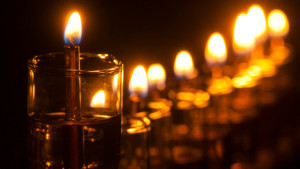

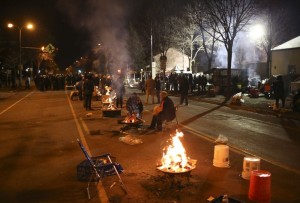
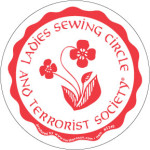

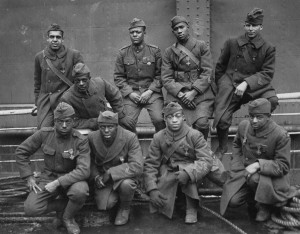
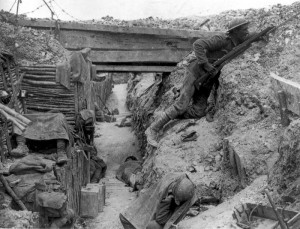 aturally, research on the Great War led me to
aturally, research on the Great War led me to 
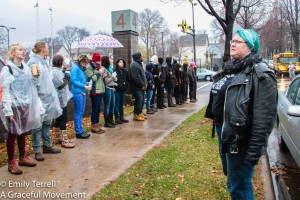
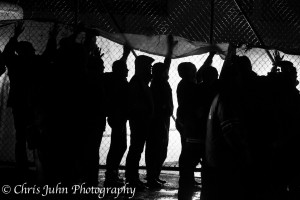
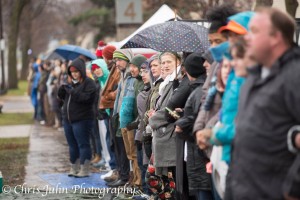
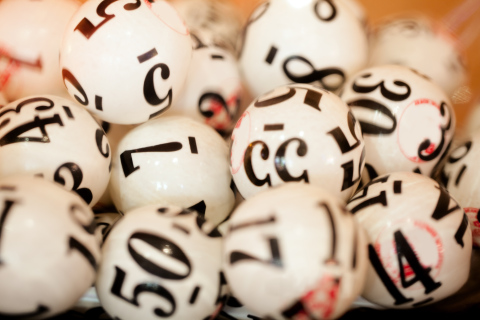
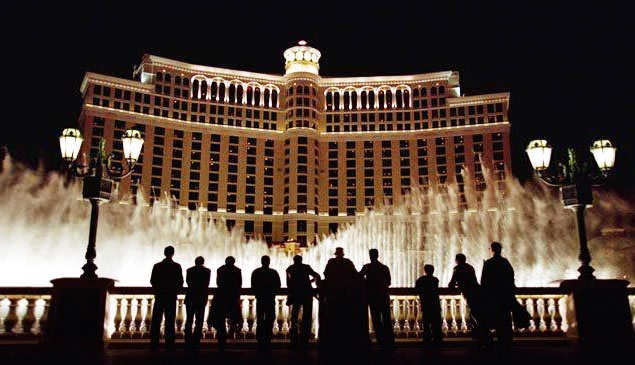
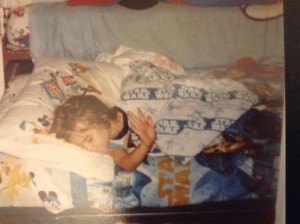

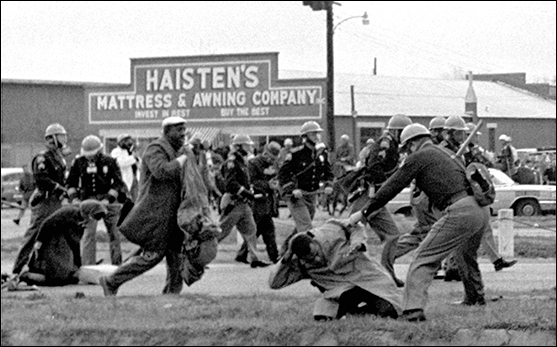
 Last Sunday, I attended a training for white folks who do racial equity work. The organizers called it “Solidarity Training,” and that’s as good as anything, but what it really meant was this: “How not to be a racist asshole as you try to improve things for people of color.”
Last Sunday, I attended a training for white folks who do racial equity work. The organizers called it “Solidarity Training,” and that’s as good as anything, but what it really meant was this: “How not to be a racist asshole as you try to improve things for people of color.” Toward the end of the training, Ricardo announced that he would be distributing cards. I could see the little deck in his hand, but I had no idea what he meant to do with them. A surprising, somewhat unnatural ripple of excitement spread through the crowd, though; I wondered if they knew more about the cards than I did. When I got mine, it had a piece of art on one side, with a slogan from the disability rights movement: “Nothing about us, without us, is for us.” On the other side were some check-in questions to help us stay grounded when we feel compelled to act in a racially charged situation: “Why do I feel an urge to act/not act?” and “Who will benefit from my action/inaction?”
Toward the end of the training, Ricardo announced that he would be distributing cards. I could see the little deck in his hand, but I had no idea what he meant to do with them. A surprising, somewhat unnatural ripple of excitement spread through the crowd, though; I wondered if they knew more about the cards than I did. When I got mine, it had a piece of art on one side, with a slogan from the disability rights movement: “Nothing about us, without us, is for us.” On the other side were some check-in questions to help us stay grounded when we feel compelled to act in a racially charged situation: “Why do I feel an urge to act/not act?” and “Who will benefit from my action/inaction?”